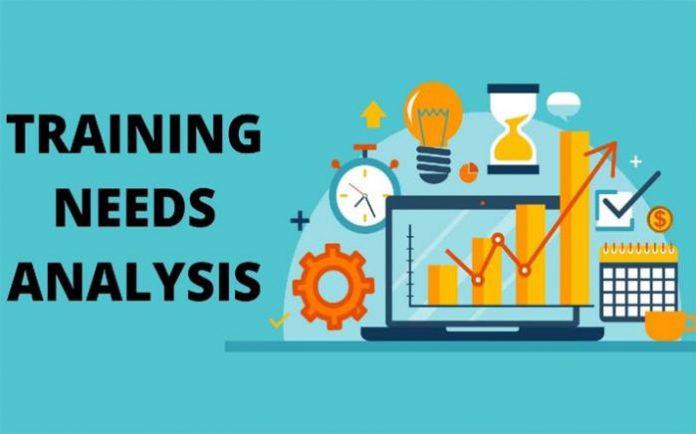The training needs analysis is not a one-person job, it needs to be done at three different levels, and so, requires proper efforts with the appropriate task force to be done at these junctures. The three levels that training analysis needs to be done are-
Organizational
At the organizational level, the analysis of training needs is a macro-level analysis. It helps ascertain where the training is most required. It also helps explain why the training program is needed to answer the business problem in question. It helps determine the measurable outcomes for the training effort.
Operational
At the operational level, the data sources such as job descriptions, job specifications, and work performance standards are used to determine the expected performance standards and the skills required to finish the job successfully.
Individual
At an individual level the micro-analysis is conducted with the help of appraisals, questionnaires, and surveys to ascertain the gap between the expected level of performance and the actual performance of the individual.
The process of training needs analysis is a comprehensive one. It follows the following steps-
Identification of the Business Needs
The first step of training needs analysis is that of identification of the business needs right now and those that might be needed in the future. For that reason, the proper analysis of what is going wrong needs to be addressed first. And then, try to understand if training is the answer to that problem. In this step what is ailing the business needs to be identified. And what part can be solved with training needs to be ascertained.
Performing a Gap Analysis
The next step is to perform the analysis of the gap that exists between the actual performance and that of the desired performance. It is important to be realistic about your expectations from your employees and even your desired performance, and see if it is achievable or not. Individual interviews, focus groups, surveys, etc. can be conducted to perform this analysis of the gap between desired and actual performance. Even observation and HR records can provide meaningful insight into the situation.
Assessment of The Training Options
Once you have successfully ascertained the gap between the actual performance of employees and the desired performance required of them, the next step is to assess your training options. As the gaps might be huge, and it might not be possible to deliver the whole training instantly. This requires prioritizing your assessed training needs. This prioritization can be done based on cost, legal compliance, time, return on investment, as well as based on the instant solution to the plaguing problem.
Reporting of Training Needs
After the assessment of the training needs is complete the next step is that of reporting the training needs based on their priority. The most urgently needed training to be given priority based on the above-mentioned basis. And this information needs to be relayed to the top management.
Recommendation of Training Plans
Relaying only the required training is not enough, even the recommendations of the experts conducting the assessment are required. They need to formulate a successful and effective training program using their experience and knowledge and at the same time consider the financial and practical viability of the said training program.
Conclusion
In today’s environment, only face-to-face training can not serve the required purpose. The online training should also be given due consideration. The latest LMSs can provide amazing training with great engagement benefits. But, for this reason, you might have to consider several options before zeroing on one.
For instance, for your organization, you might be asking yourself Thinkific vs Teachable? You will find the answer when you compare the features, pricing models, and identify which one of these aligns best with your training needs.








































